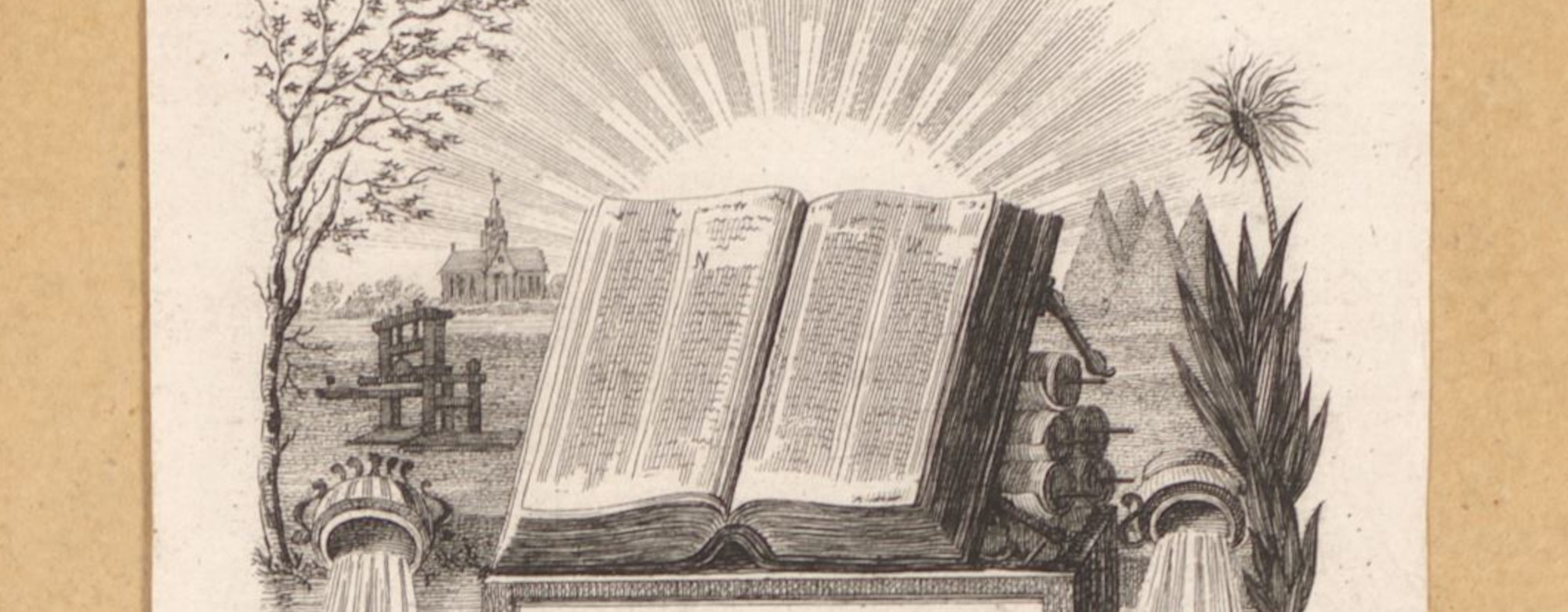The right to quote is a pivotal element of science, study, critique, and art. By evoking somebody else’s words and creations we are able to enter into an intellectual dialog that is a foundation of our culture. Quotations substantiate scientific discourse and discovery of new knowledge. They are used widely in memes that have become a signature feature of social media.
Within the Best Case Scenarios for Copyright series, we present Finland as the best example for quotations. Below you can find the basic facts and for more evidence check the Best Case Scenario for Copyright – Quotations in Finland legal study. EU, it’s time to #fixcopyright!
Exception/Limitation: Quotations
Country: Finland

What is a quotation exception?
- A quotation exception to copyright refers to citations or other uses of protected works as a way to support intellectual creation.
- The exception is justified by the freedom of intellectual creation.
How does it work?
- A quoted work may be incorporated in a play, in a book, in audiovisual materials, etc. “Mere” quotations that do not result in a new work are also covered.
- The exception covers all acts of use (reproductions, making available to the public, translations, etc.) and it’s technologically neutral, which means that quotations can be made in digital formats and in online contexts.
- All types of copyrighted materials (including images, films, phonograms and broadcasts) can be quoted. Only works that have been made public with an author’s permission can be quoted, but it is irrelevant if the copy of the work used for the quotation is a legal source or not.
- The extent of a quote depends on the type of work being quoted and on the context of use. A quotation of an entire work, such as a photograph, may be permitted.
- Authors of works that include quotations are free to benefit from it commercially as long as it is in accordance with proper usage (see point 4 in “limits” below).
- Users must mention the source of the quote and the author’s name.
Who can use it?
Anyone can benefit from the quotation exception including citizens, individual artists, organizations, and companies.
Is it free?
Yes, it is free. No remuneration is due to the authors or rights holders of the quoted work.
What are the limits to the quotation exception?
- Only necessary changes – a quoted work may be translated or otherwise adapted but the changes must be limited to what is necessary for the quotation.
- Clear identification of a quote – quotes need to be clearly marked so that they are not confused with the work in which they are incorporated.
- The proper usage – it refers to general ethical standards and is somehow similar to the idea of ‘fair practice” found in the Berne Convention and in the InfoSoc Directive. For instance, works made entirely from citations or that use citations only to be more appealing are not exempted.
Economic and societal impact
Culture lives when people reflect on it and find new interpretations of sentences, images and performances by weaving parts of these works into their new creations. Science can only advance when it is based on evidence and quotes substantiate insights and theories that create new knowledge. The right to quote is a foundation of art, science, and – as a result – our civilisation.
Examples of use
- A highschool teacher created learning materials analysing the life of the Finnish singer Juice Leskinen that included quotations of his lyrics. These materials are available online as open educational resources.
- A university prepared e-learning materials that instruct on various musical styles and artists by using quotes of musical notes and fragments of music recordings.
Law
- Section 22 of the Finnish Copyright Act (Tekijänoikeuslaki), approved by 8.7.1961/404, amendments up to (155/2016) included
- The wording resembles more art. 10(1) of the Berne Convention than art. 5(3)(d) of the InfoSoc Directive
- First introduced in 1961
Why we chose the Finnish example?
All member states exempt quotations, but several national legal provisions have some sort of a drawback. For example, some legal provisions specify the kinds of works that can be quoted, this way excluding the quotations of audiovisual works, others do not allow the quotation of entire works. Sometimes the context of a quotation is specified or the wording used is not technologically neutral.
In Finland, similarly to the other Nordic countries, the quotation exception is presented as a “relatively open rule of reason”. The Nordic quotation exception is a norm that is flexible and open. It permits a relatively broad spectrum of unauthorized uses that exceed the traditional connotation of citation.
Further reference
For details on how the quotation exception functions in Finland please see the Best Case Scenario for Copyright – Quotations in Finland analysis prepared by Teresa Nobre, LL.M. IP (MIPLC), based on research by Maria Elisabeth Rehbinder, LL.M., on behalf of the Communia Association.
- Download the Quotations in Finland Factsheet
- Download the Best Case Scenario for Copyright – Quotations in Finland
- Download the Best case scenarios for copyright – full brochure
Read more at https://communia-association.org/bcs-copyright
Talk to us: @communia_eu @tenobre @a2na
Best Case Scenarios for Copyright is an initiative by COMMUNIA, presenting best examples of copyright exceptions and limitations found in national laws of member states of the European Union. We believe that, by harmonizing copyright exceptions and limitations across Europe, using as a model these best examples that are permitted within the EU law, the EU would reinforce users’ rights in access to culture and education.

